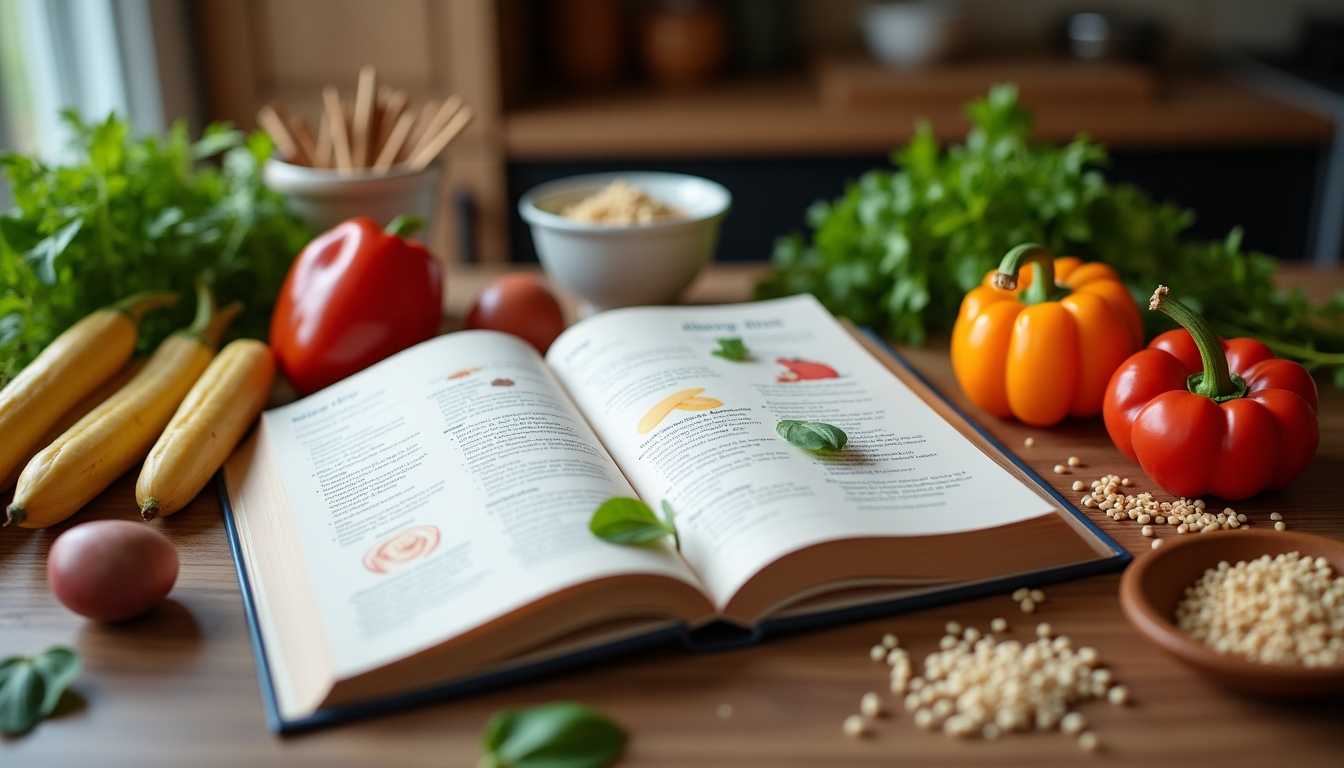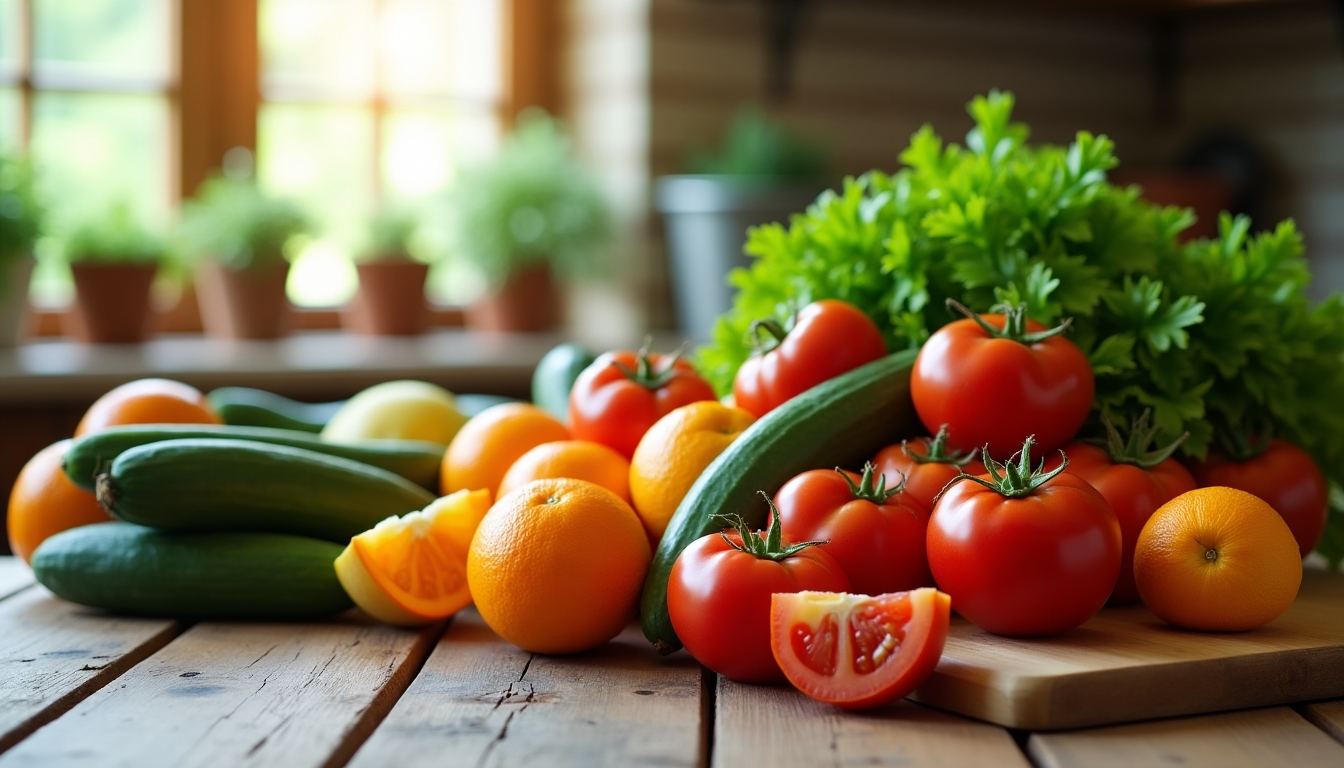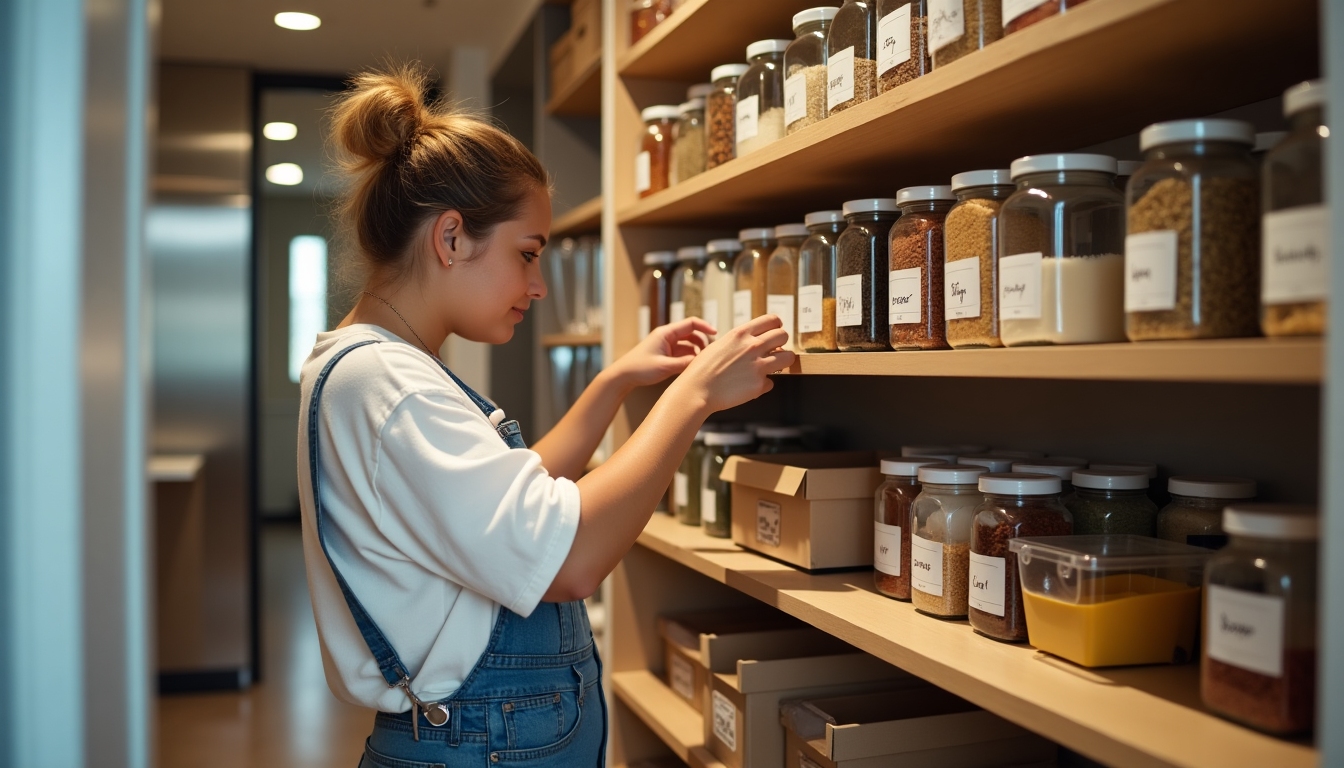Navigating Chronic Food Allergy Recipes and Meal Plans
Managing a chronic food allergy or Chronic FPIES requires meticulous planning and creativity in meal preparation to ensure nutritional needs are met while avoiding triggers.
Understanding Chronic Food Allergies and FPIES
Chronic food allergies and Food Protein-Induced Enterocolitis Syndrome (FPIES) are serious health concerns that impact many individuals worldwide. Unlike typical food allergies that involve immediate reactions, chronic conditions can lead to delayed symptoms that are sometimes harder to diagnose and manage.
Key Symptoms of Chronic FPIES:
- Severe vomiting
- Diarrhea
- Dehydration and lethargy
Managing these requires tailored meal plans that are free from the proteins triggering these responses.

Personal Insights on Meal Planning for Chronic Allergies
When my niece was diagnosed with Chronic FPIES, it was an overwhelming period for our family. The lack of immediate resources or community support made it initially challenging. Through trial and error, we developed effective strategies that not only ensured her safety but also made mealtimes enjoyable for everyone.
- Start Simple: Begin with plain, safe foods you know don't trigger symptoms. Gradually introduce new ingredients one by one.
- Maintain a Food Journal: Document responses to different foods to help identify safe options and triggers.
- Consult a Nutritionist: They're essential in developing a balanced diet that addresses nutritional gaps caused by food restrictions.

Creating a Balanced Meal Plan
An effective meal plan for those with chronic food allergies includes diversity despite restrictions. Here’s a sample plan to give you a clear idea of how balanced nutrition can be achieved.
Sample Meal Plan (Dairy and Wheat Free)
| Meal | Recipe Idea | Ingredients |
|---|---|---|
| Breakfast | Quinoa Porridge | Quinoa, almond milk, diced apples, cinnamon |
| Lunch | Veggie Stir-fry with Rice Noodles | Rice noodles, broccoli, carrots, tofu, soy sauce |
| Snack | Smoothie | Bananas, spinach, coconut milk, chia seeds |
| Dinner | Grilled Chicken with Sweet Potato | Chicken breast, sweet potatoes, olive oil |
| Dessert | Coconut Yogurt with Berries | Coconut yogurt, fresh berries, honey |
This plan offers a mix of protein, carbohydrates, and fats while ensuring allergenic foods are avoided.

Helpful Tips for Chronic Food Allergy Meal Preparation
- Batch Cooking: Prepare meals in bulk for convenience and to avoid daily cooking stress.
- Label Foods Clearly: Especially in shared households, to prevent cross-contamination.
- Embrace Whole Foods: Minimally processed foods are less likely to contain hidden allergens.

Community Support and Online Resources
Building a network with other people managing chronic food allergies can provide immense support. Join local or online groups where you can share experiences, recipes, and advice. Websites dedicated to allergy-friendly meals often offer newsletters and forums to help stay updated.
Effective Techniques in Allergy-Safe Cooking
Invest in kitchen gadgets that can simplify the process:
- Slow Cookers: Prepare large quantities of safe meals effortlessly.
- Blenders: Perfect for making smooth sauces and allergy-friendly alternatives.
Summary and Final Thoughts
Preparing chronic food allergy recipes requires patience and experimentation. By incorporating these strategies and regularly updating your meal plans, you can lead a healthier, more enjoyable lifestyle.
Whether you're dealing with Chronic FPIES or another allergy, remember that consistency in preparation and learning from others' experiences can make a considerable difference.
Discuss Here